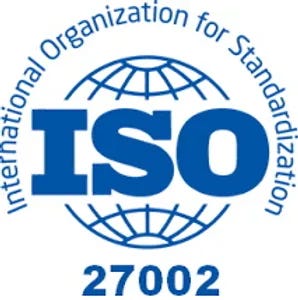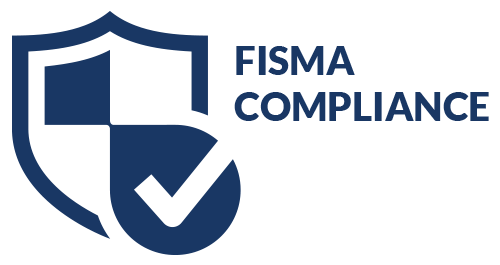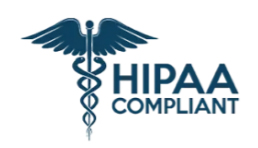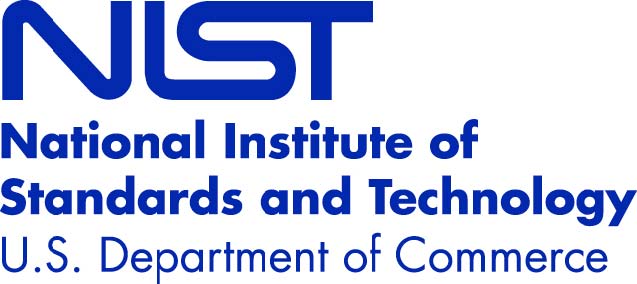The cost of care in the US is on the rise.
PWC isn’t mincing words this year. The organization published its annual predictions on the costs associated with the business of healthcare. They state, “Heading into 2019, medical cost trend remains stable yet unsustainably high as healthcare costs continue to rise.”
This article shares some of the top factors impacting healthcare finance as we head into 2019.
Healthcare Costs Growing
Healthcare costs are going to rise by another 5%, at minimum next year. These stats roll out across the average wage earner with insurance, to the employer struggling with premium increases. High-deductible insurance premiums mean consumers with healthcare bills typically will accrue debt. Prescription drug prices are up, and generally, the cost of providing any health care service in the United States is higher whether you’re a health system or an independent practice. Some of the factors contributing to these higher costs include:
- Increasing regulatory complexity
More regulation will make “healthcare reform” more complex. Healthcare IT News. If Congress makes more changes to Obamacare, its likely more power will flow to the states. This means the patchwork quilt of state rules will get more complicated. Large multi-state provider networks will have their hands full. - Increasing drive toward more technology
Healthcare organizations will dump more money into technology, as the consumerization of healthcare continues. Patients want more access and convenience, will prompt the expansion of telehealth initiatives that increase utilization. - Mergers and acquisitions will continue
More community hospitals will flounder, and we can expect providers to continue to circle the wagons in mega-mergers. But PWC says,“Prices tend to rise when health systems merge, and the consolidated entity gains market share and negotiating power.” Gallagher reinforces the opinion, stating, “Physician consolidation will likely cause efficiencies and lower prices in the future, but we are yet to see any prices for medical care decrease because of it. - Flu season impact
The cost of the 2017-2018 flu season was one of the highest we’ve seen in several years. MarketWatch says on average, flu season costs $10.4 billion cost for hospitalizations and other medical expenses, as well as an additional $7 billion in lost productivity and worker sick days. While not predicted to be quite as bad as last season, no doubt there will be a significant financial impact. - Baby boomers increase utilization
The baby boomer generation will continue to add pressure through 2030 when the over 65 population will triple. The stats show that six of every 100 boomers will have more than one chronic ailment. Obesity, diabetes, heart disease; these disorders will fuel costly hospital readmissions and ER visits. - Price transparency placing increasing pressure
In part driven by the millennial generation, a new wave of pricing pressure is being placed on providers. New state regulations are predicted that will force transparency and price controls. Accenture reports that “Nearly all consumers want health care cost information.”
These trends require hospitals and healthcare providers to think way outside the box when it comes to controllable A/R. This means potentially looking for new ways to capture past due accounts. Working with third-party collection agencies like TSI will become even more important to capture as much revenue as possible in these challenging times.
